Nanomagnetism & Oxides Laboratory
Magnetic sensors : from basic research to applications
The Nanomagnetism and Oxides laboratory has the skills, tools and expertise to develop and characterize various magnetic sensors based on spin electronics (Giant or Tunnel magnetoresistance (GMR or TMR)).
Basic research
Stacks developement
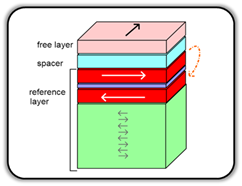
LNO has access to equipment and facilities for growing, processing and characterizing MR sensors. The aim is to better understand the magnetism and transport phenomena in order to be able to adapt the MR stacks to the targeted applications. Indeed, depending on the targeted application, critical parameters are different : detectivity for biological application, size for microscopy, temperature and field stability for automotive applications.
For more information:
Full oxide magnetic junctions
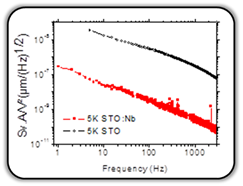
In the functional oxide familiy, manganite La0.7Sr0.3MnO3 (LSMO) possess a full spin polarization and when used as electrodes in magnetic junction it exhibits high tunneling magnetoresistance (TMR) ratios at low temperatures up to several hundred of percent. Such systems can be used in magnetic field sensing for high sensitivity magnetometers. We are mainly interested by the impact of the barriere material and interfaces on the noise and magnetoresistance ratio of the structures.
For more information:
Applications
MRI and local RMN
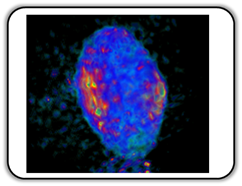
For more information:
Biomagnetism
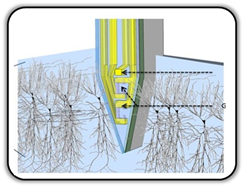
For more information:
Biochips
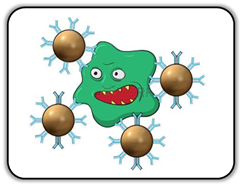
Specific magnetic labelling of biological objects of interest like cells (e.g. cancer, stem), bacteria or proteins allow a very accurate detection of their presence in a liquid. Through a collaboration with a CEA laboratory specialized in immunology, we are developing 2 approaches: (i) a first one based on a dynamic detection of the objects in a microfluidic channel surrounded with very sensitive magnetic sensors and (ii) a second one based on the local measurement of the susceptibility of a test strip which gives a much higher sensitivity than classical optical reading.
For more information:
Local magnetic imaging
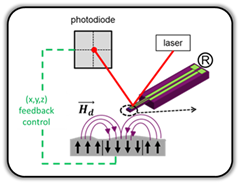
MR based scanning magnetic microscope are developped in the LNO. By integrating the MR sensors in different way, on a tetraedric support, with a coil or on an AFM cantilever, 3D magnetic images, non destructive testing by eddy currents or submicronic and large bandwidth magnetic images can be obtained respectiveley. The main applications targeted are material analysis and geomagnetism.
For more information:
Sensors for automotive
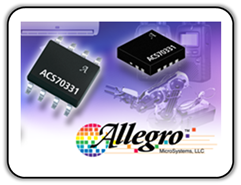
In the framework of a collaboration with Allegro Microsystems, a world leader in magnetic sensors for automotive and consumer applications, CEA has been involved in the founding of Crivasense Technologies (CST) in December 2014. CST is devoted to R&D activities on spin electronics technology. The aims is to develop various magnetic sensors for speed, position, current, pressure and angle measurements for automotive applications.
For more information: